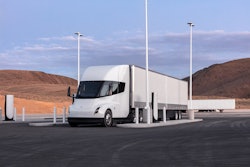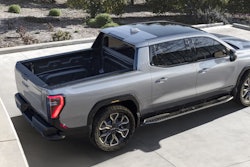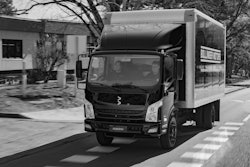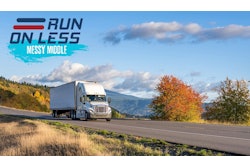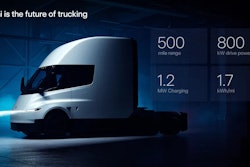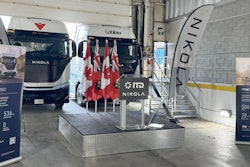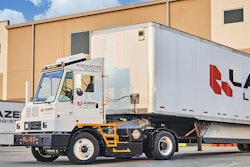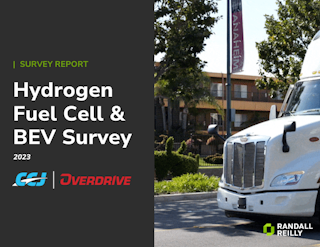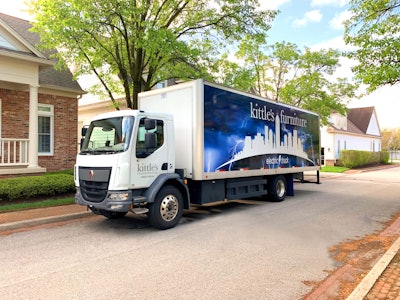
Kittle’s Furniture has revealed that since last November it has been utilizing Indiana’s first Kenworth K270E battery-electric cabover truck in the Indianapolis metro area, and the cost savings are already evident. The company, founded in the Hoosier State and family-owned since 1932, was determined to be the first in its retail industry to incorporate an all-electric truck into its delivery fleet. Why? Because it’s important to be ahead of the curve.
“With recent advancements in EV technology, especially in commercial vehicles, we believe it’s time to test and move forward with trucks that eliminate emissions while reducing our consumption of fossil fuels,” said Kittle’s CEO Eric Easter. “And we’re finding the truck is delivering as promised. The K270E is less expensive to operate and has fewer service and maintenance requirements. This helps offset the higher lease rate. Our EV Kenworth from PacLease allows us to move into the future.”
The truck is being leased through local leasing franchise Palmer Leasing. It quickly proved itself with a driving range of up to 200 miles between charges thanks to its 282 kW battery pack. This translates to a total of 355 horsepower via a direct-drive motor. Complimenting this is a 20 kW wall unit for overnight charging.
Kittle’s has been tracking the truck’s performance since it entered service and the results are impressive. It’s projected to save the company “$10,000 a year in fuel alone,” added Tyler Baker, director of operations. “And our cost for recharging has been negligible – we’re not seeing much of a difference in our electric bill. We use the truck starting at 7:00 in the morning, and it’s returned to the charging pedestal by 6:00 in the evening. It’s then plugged in and ready to go in the morning.”
One major convenience for Kittle’s is that half of its customers live within a 10-mile radius of its distribution center. All told, the K270E is driving between 75-100 miles daily and it’s proven itself capable reaching as high as 150 miles without requiring recharging. Current estimates are putting it at 20,000 miles a year, which is very much in line with Kittle’s diesel trucks’ 25,000-mile yearly average.
[RELATED: Mack building off-grid charging system into electric models]
The company’s drivers are providing positive feedback as well, specifically regarding the benefits of an electric motor’s instant torque. “It’s quicker out of the gate than our standard truck thanks to the direct drive engine,” said Baker. “And it’s so quiet. That’s taken getting used to, but our drivers like it.” There are 300 to 400 customer deliveries weekly and the K270E plays a critical role.
Equally important, customers are interested in the truck, which boasts a unique wrap. They like seeing a local business taking an initiative towards greater sustainability.
“That’s why we wanted to be the first in the furniture industry in Indiana to start using an electric delivery truck,” Easter said.



